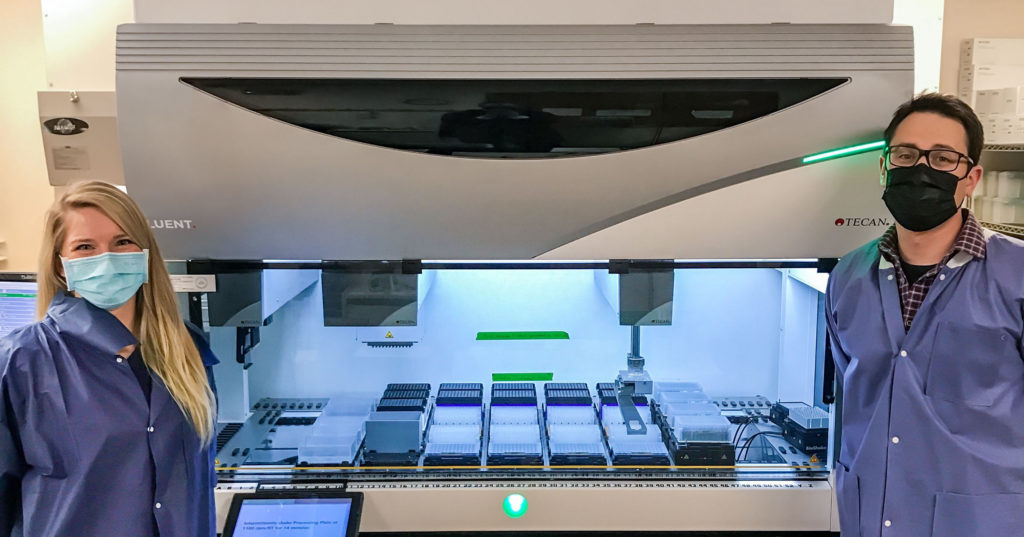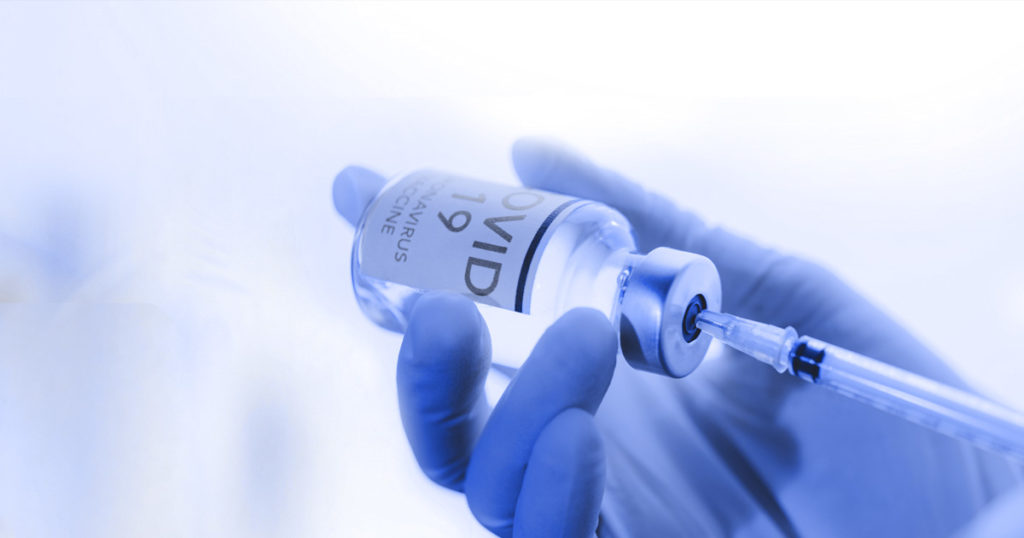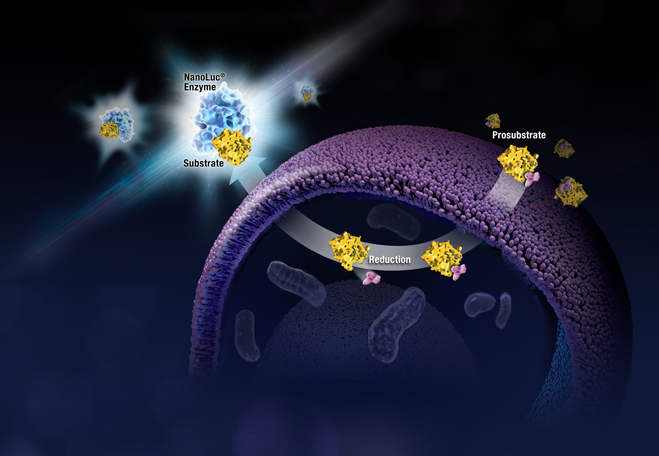Automating a workflow can be a tedious and challenging process that requires lots of time and resources. A helping hand can make all the difference, as it did for Stephanie Dormand, Molecular Supervisor at UniPath Women’s Health, a diagnostics lab located in Denver, Colorado.

The women’s health molecular testing service at UniPath primarily relied on the tabletop Maxwell® RSC Instrument to conduct nucleic acid extractions using the Maxwell® Viral TNA Kit. As their testing needs grew, they required more throughput. Dormand worked with Promega Field Support Scientist Rick Grygiel to implement the Maxwell® HT Viral TNA Kit on the Tecan Fluent 780 liquid handler, raising their throughput from 16 to 96 samples per run. When COVID-19 struck, Dormand worked with Rick to quadruple their testing with the addition of another Fluent 780.
Continue reading “Superior Support to Automate and Scale-Up Your Workflows with Ease”








